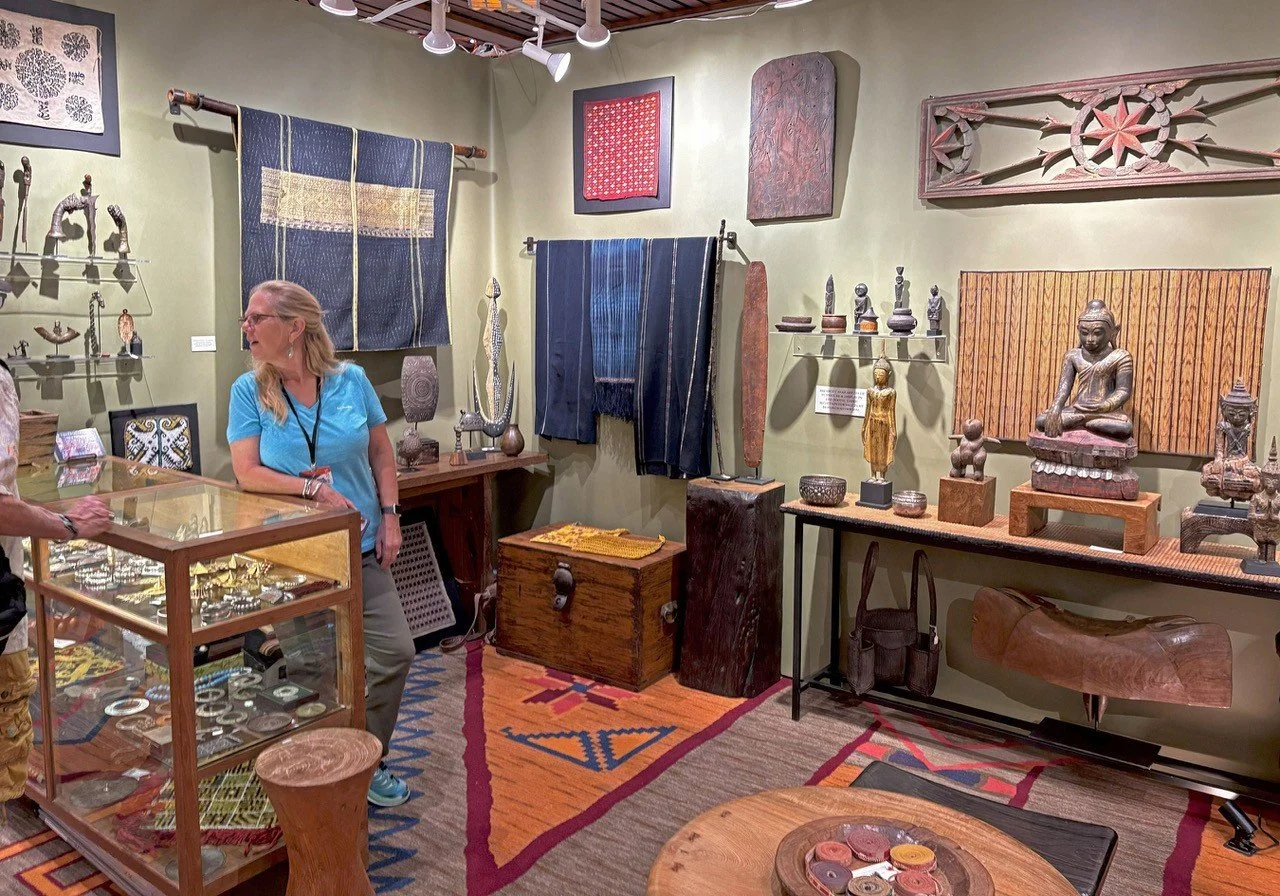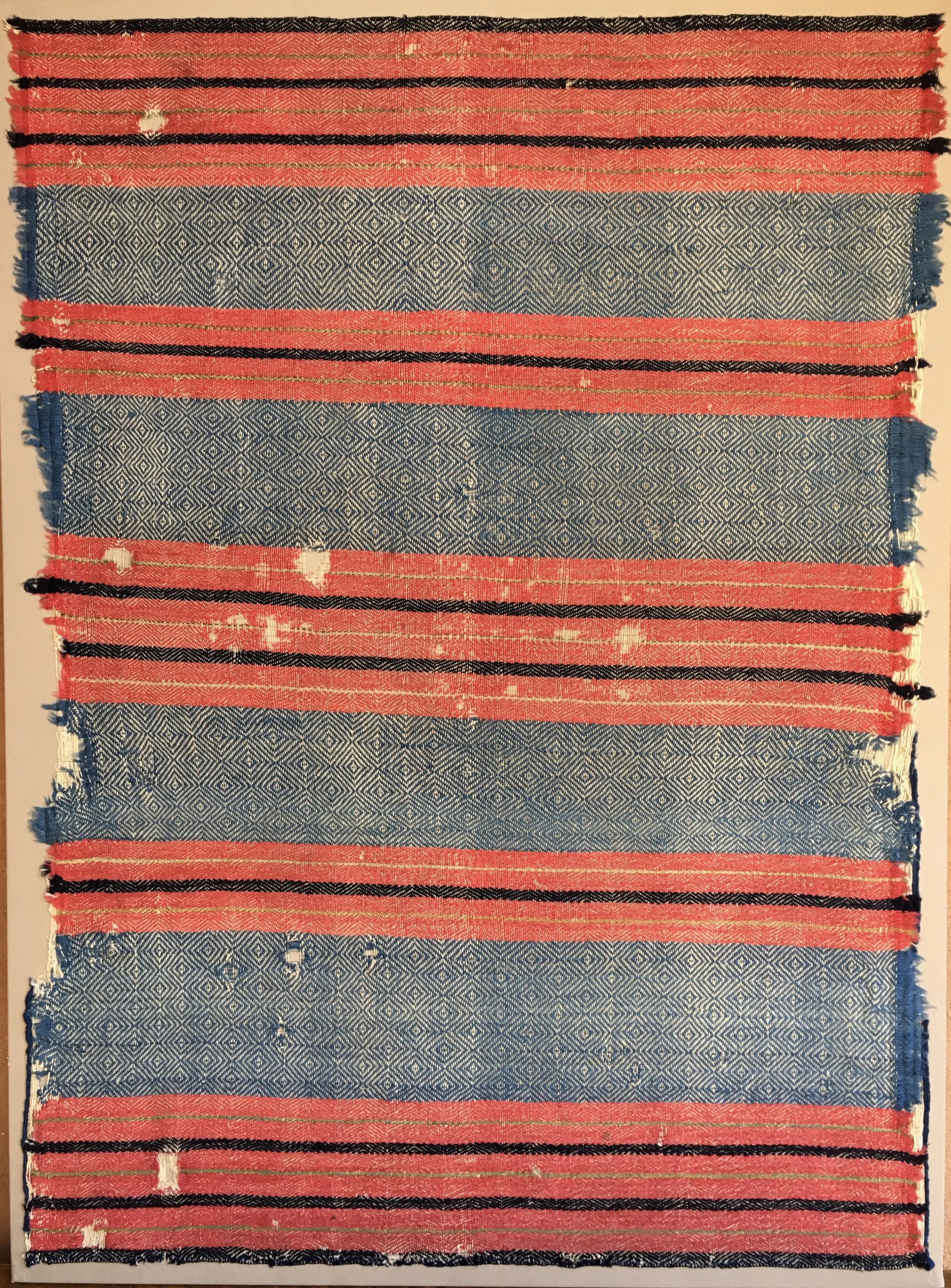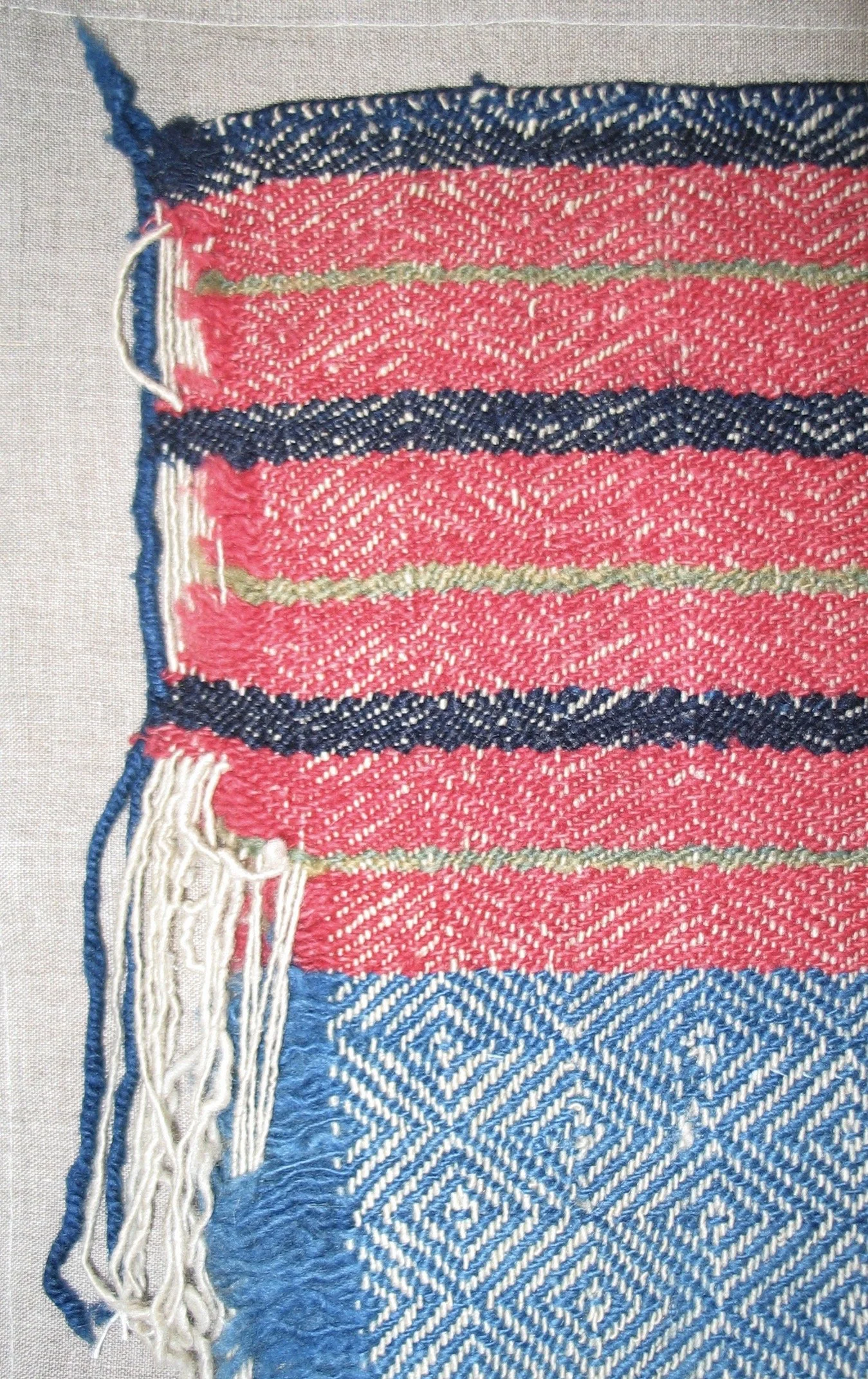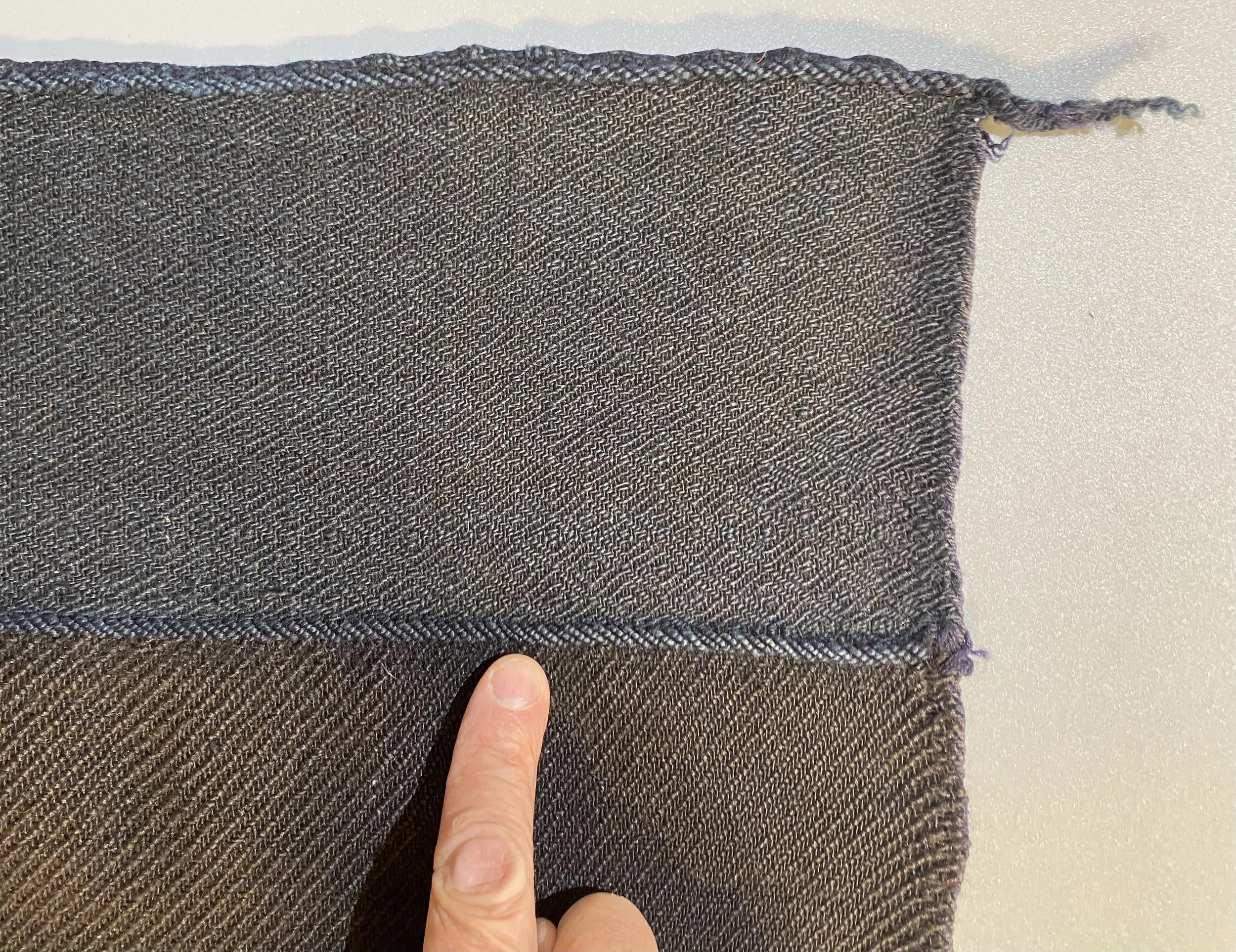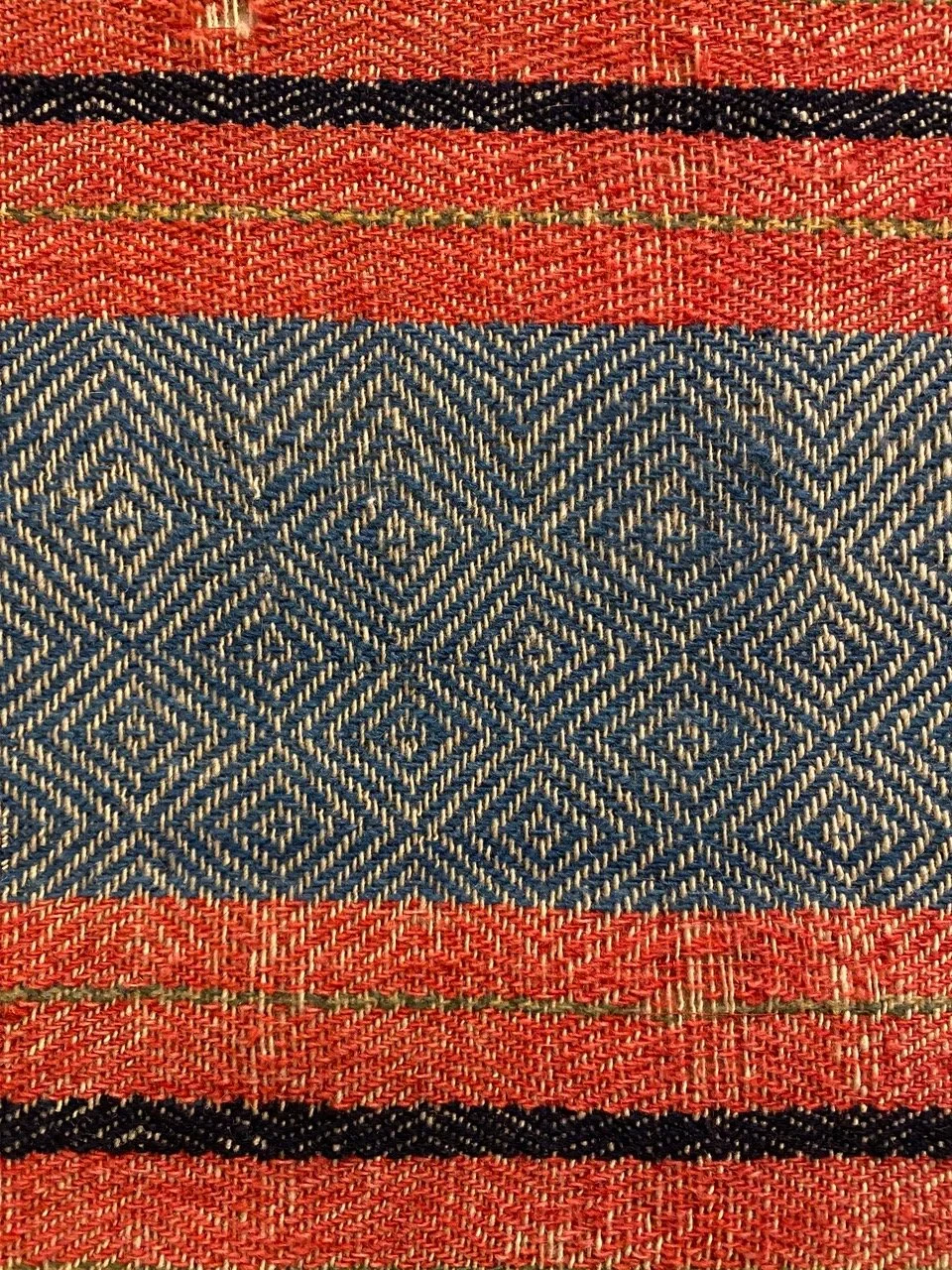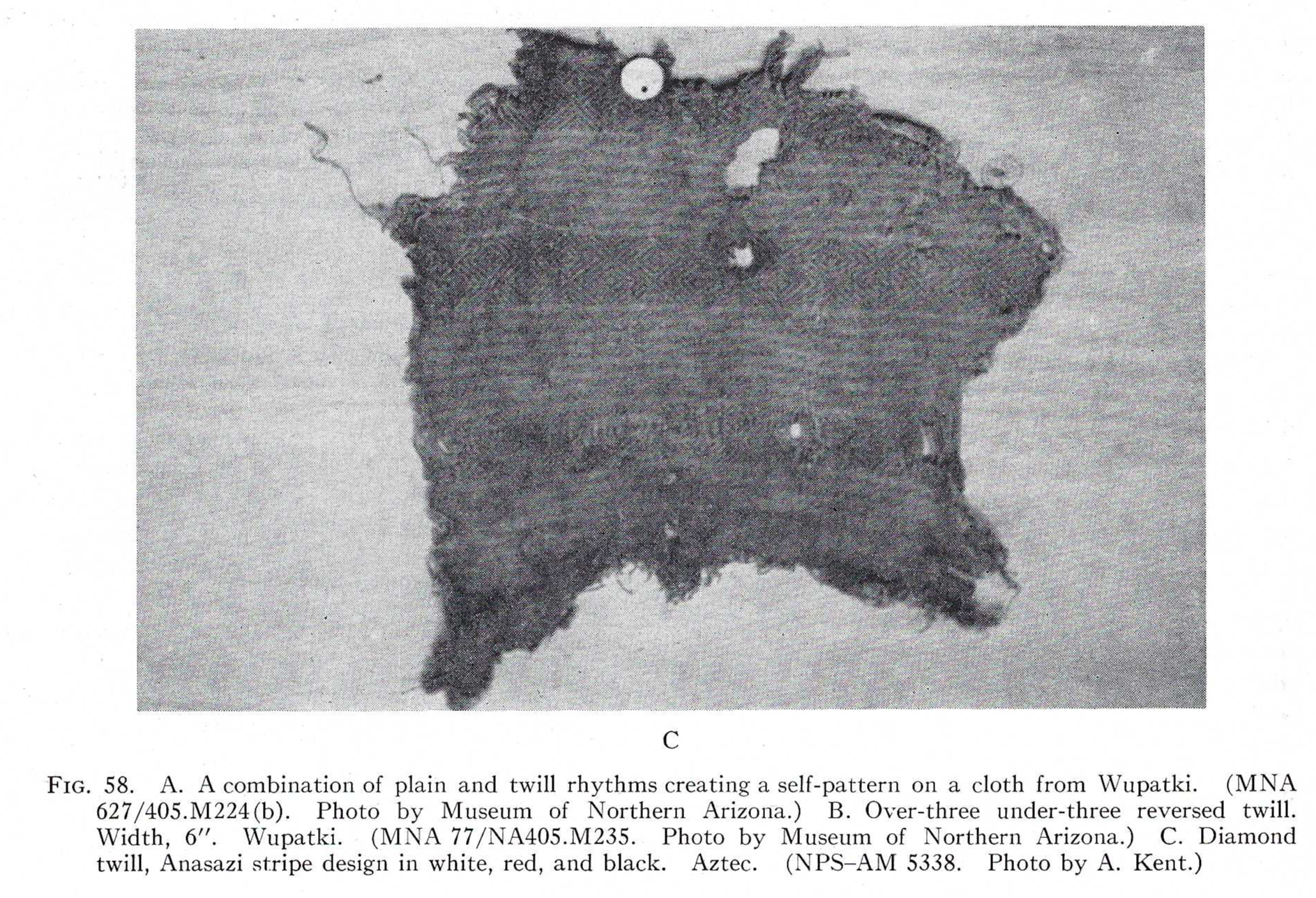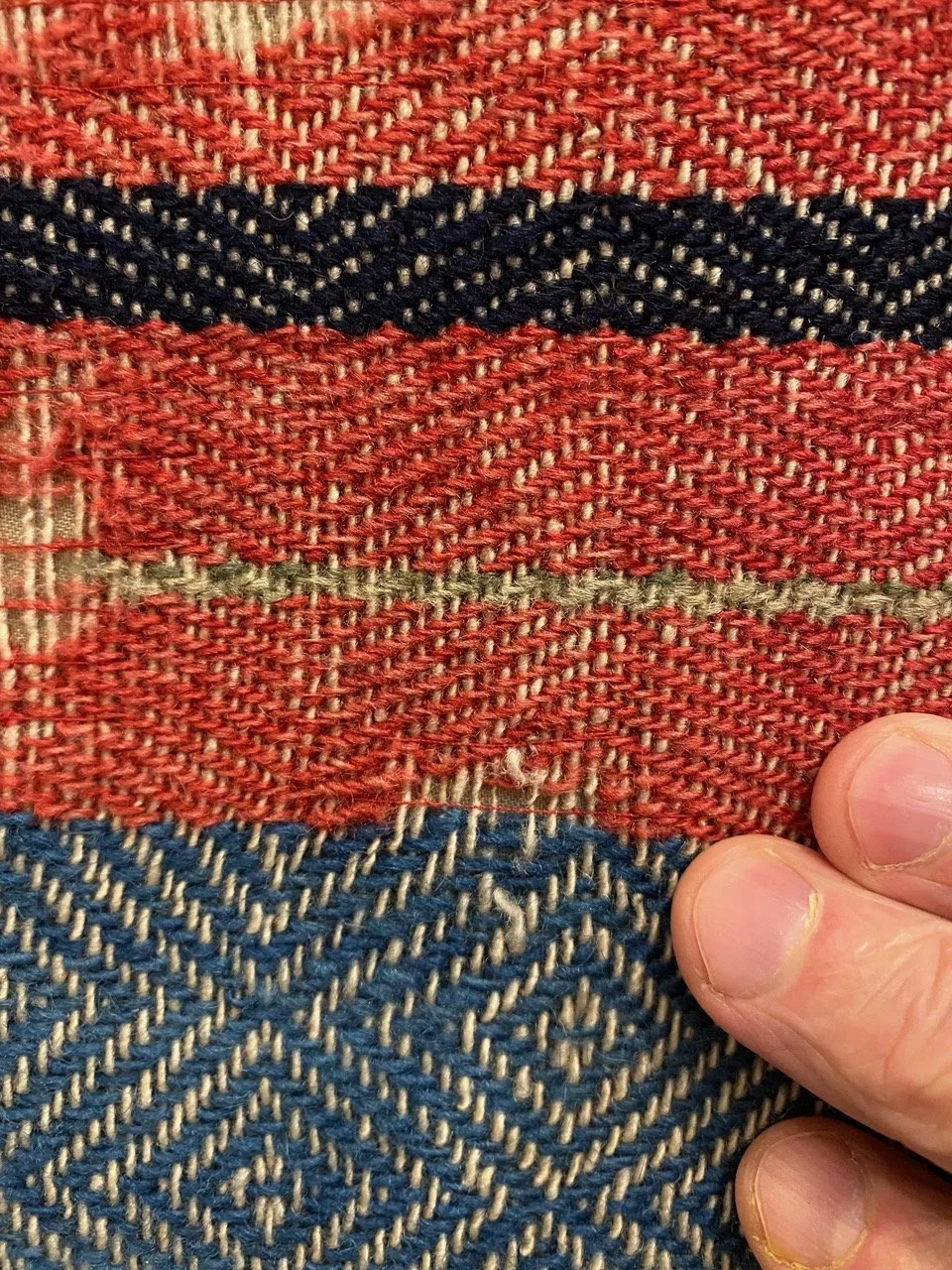Every August, the Whitehawk Show in Santa Fe delivers a sensory overload of Native American art. Think Navajo blankets, beadwork, baskets, and jaw-dropping silver and turquoise jewelry—row after row of it. It’s the kind of event that attracts serious collectors, curious newcomers, and everyone in between, all eager to see what treasures might be waiting.
But tucked in among the Native offerings is something that doesn’t always gain enough attention: a relatively small but growing group of dealers showing art from the rest of the world. From Africa, Asia, and Oceania, you’ll find powerful masks, bold sculptures, colorful beadwork, and dazzling textiles with stories to tell. For anyone who loves tribal art in its broadest sense, it’s a thrill.
A Little Back History
Long-time Santa Fe folks will remember when there were two shows back-to-back: one for general ethnographic art, followed by Whitehawk’s focus on Native material, all leading up to Indian Market weekend. For a while, Santa Fe was the epicenter of both Native and non-Native tribal art.
Over time, though, new shows in New York, San Francisco, and Los Angeles shifted the focus elsewhere. Eventually, for a variety of reasons (Covid being one of them), these other shows faded from the scene and the momentum circled back to Santa Fe. When Kim Martindale bought Whitehawk in 2024, he folded the two traditions together, creating one big show at the Convention Center. And it works.
Highlights from the Global Side
This year’s show had a real spark. Dealers offering international material reported steady sales and strong interest.
Mark A. Johnson Tribal Art (this review’s author) brought works from Indonesia, Malaysia, the Philippines, and tribal Asia. Highlights included a colorful hornbill effigy from Borneo and an ironwood carving of a tiger battling a serpent. I was especially pleased to place a Batak power mask, a shaman’s box from Borneo, a headhunter’s textile, and beaded headdresses from Sumba into new homes.
Thomas Murray built his booth around an “Art of the Pacific Rim” theme, featuring objects from Peru, Japan, Indonesia, Polynesia, and even the Arctic Circle. His display also included two contemporary masks by artist Mort Golub.
James Barker & Carrie Haley had steady sales, including a fantastically carved dragon head from Borneo and a beautiful Buddha figure.
John & Kumi Ruddy praised the organizers for fresh improvements and enjoyed the energy of the show. Among their sales was a striking 19th-century Japanese fisherman’s jacket (donza).
Erik Farrow noted, “I did very well with Tibetan material and sold three Polynesian/Melanesian pieces, plus some Asian works and swords. There seemed to be more energy for tribal material this year, and more people came specifically for non-Native art. Being the only tribal show left in the U.S., people are making the trip not just to buy but to enjoy Santa Fe.”
Joshau Dimondstein, “The 2025 Whitehawk Show in Santa Fe felt like pre-covid days. Attendance was good, enthusiasm was high, and sales were strong. I decided to bring a collection of Ashanti gold weights from Ghana. Over the last four or five years, demand for them had completely tanked and they’d been going for peanuts. But at this show they were flying off the shelf at strong prices. One had the impression the tribal art market had finally rebounded. All-in-all, it was a lot of fun.” (add image: JD-a)
The general feeling among the ethnographic dealers was upbeat: more people, more energy, more sales. Interest in non-Native material is clearly on the rise, and everyone I spoke with plans to be back next year. If this year is any indication, Whitehawk isn’t just about Native American art anymore—it’s fast becoming the place to see world tribal arts in the U.S.


